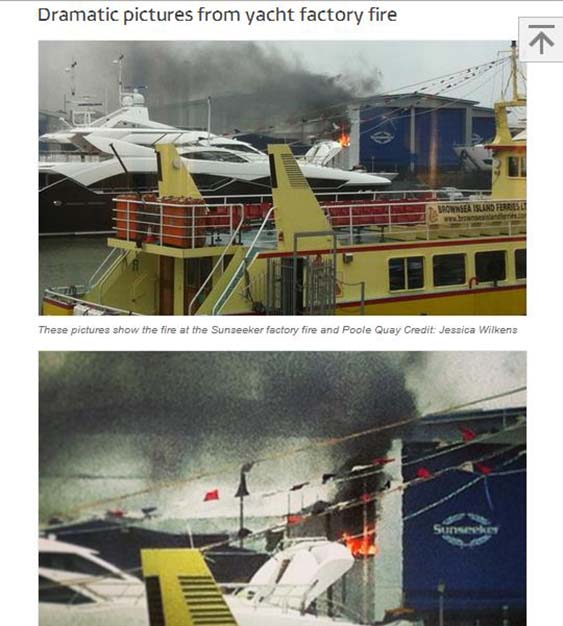Glimpse Correspondents Program is a project that is now running in its third year of providing journalism graduates with 365 days of some of the best travel journalism mentorships in the world. As soon as I found out about the project through Twitter, I had to find out more how to be one of the lucky chosen members who will intern with the program run by Matador. Each successful graduate enrolled on the program will receive a year of study within several aspects of travel journalism – this is only the core of the program’s listing benefits. Students can expect free tuition on MatadorU’s Travel Writing, Photography and Film Production courses, one on one editorial mentorship as well as the possibility for paid opportunities within the company’s network. Unsurprisingly the program which presents some of the world’s remarkable photojournalism is part supported by the National Geographic Society – another aspect that instantly intrigued me. With the work of the Glimpse correspondents being published on Matador monthly, students have an incredible audience readership of their travel writing, photo essays and films, forming solid foundations and work portfolios for when they complete the program.
Applications for the program are open in less than a week’s time on May 2nd so if you’re feeling inspired by this, head on over to their website and check out their requirements and application process – I for one definitely will. This looks to be the perfect graduate opportunity for any aspiring journalist coming out of university this year. From what I’ve seen applications are open throughout the summer so you have time to plot your way into one of the best mentorship programs on the globe.
Here is a video timelapse of the project’s 2012 photography:
<p><a href=”http://vimeo.com/56962909″>The Year in Re-Lapse</a> from <a href=”http://vimeo.com/matadornetwork”>Matador Network</a> on <a href=”http://vimeo.com”>Vimeo</a>.</p>









